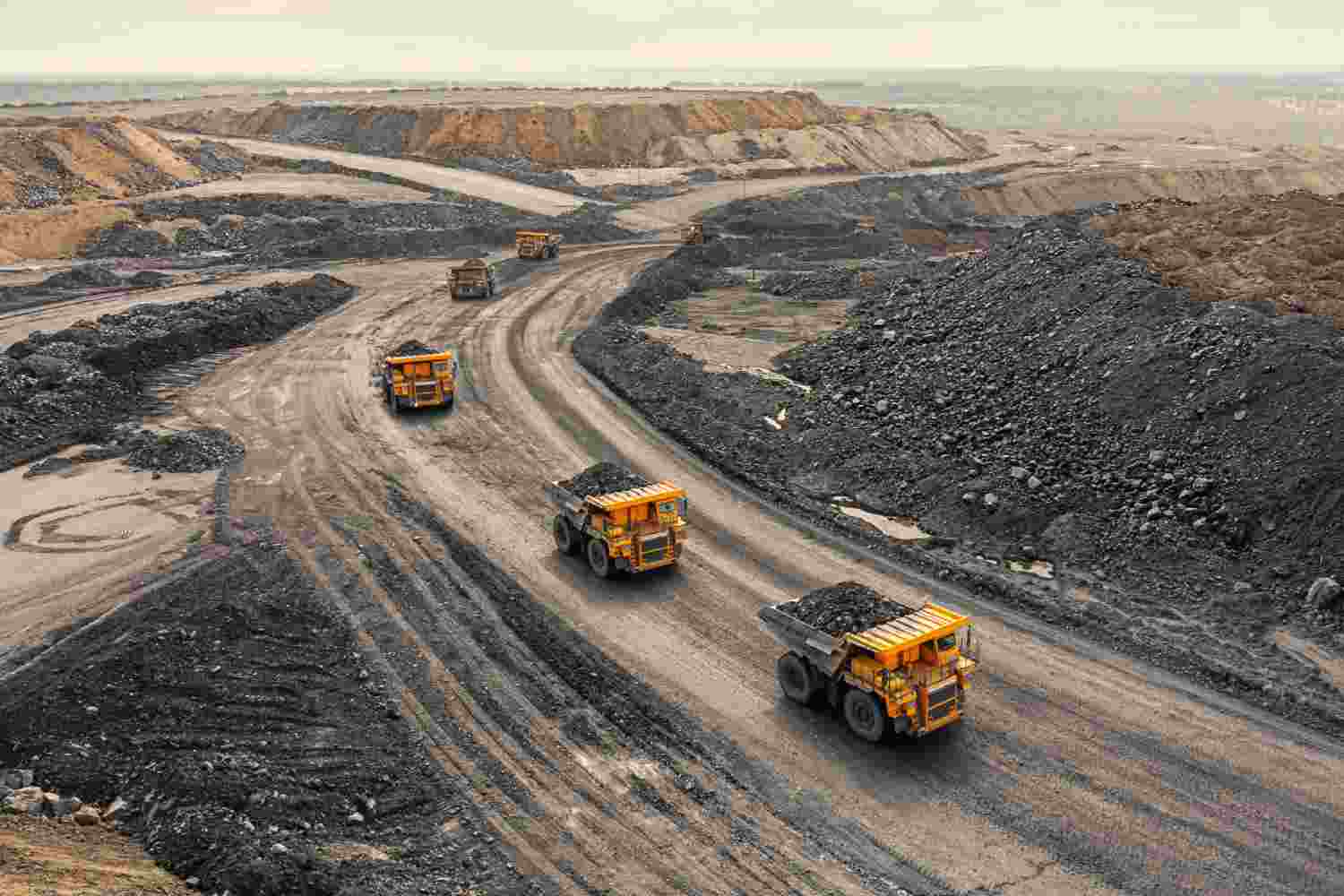Mining plays a crucial role in the global economy by providing essential raw materials for various industries. However, it also has significant environmental consequences. To address this issue, innovative approaches are needed to reduce the impact of mining on the environment. In this article, we will explore several strategies and technologies that can help mitigate the environmental effects of mining.
- Sustainable Mining Practices:
Implementing sustainable mining practices is essential to minimize the environmental impact. This includes reducing water and energy consumption, optimizing resource utilization, and minimizing waste generation. By adopting efficient mining techniques and technologies, such as automated equipment and advanced drilling methods, the overall environmental footprint can be significantly reduced. - Reclamation and Rehabilitation:
One effective way to mitigate the environmental impact of mining is through reclamation and rehabilitation of mined-out areas. This involves restoring the land to its original state or repurposing it for other beneficial uses. Techniques like re-vegetation, soil stabilization, and water management can help restore ecosystems and promote biodiversity in the affected areas. - Waste Management:
Proper waste management is crucial in reducing the environmental impact of mining. Mining operations generate large amounts of waste, including tailings, which can contain harmful substances. Implementing advanced waste management systems, such as tailings dams and containment facilities, can prevent the release of pollutants into the environment. Additionally, recycling and reusing mining by-products can minimize waste generation and conserve resources. - Water Conservation and Treatment:
Water is a valuable resource in mining operations, and its conservation is vital for reducing environmental impact. Implementing water recycling systems, using advanced water treatment technologies, and minimizing water usage through efficient processes can significantly reduce the water footprint of mining operations. This not only helps protect local water sources but also reduces the strain on surrounding ecosystems. - Community Engagement and Stakeholder Collaboration:
Engaging with local communities and stakeholders is essential for sustainable mining practices. By involving local communities in decision-making processes and addressing their concerns, mining companies can build trust and foster positive relationships. Collaboration with environmental organizations, government agencies, and research institutions can also lead to innovative solutions and best practices for reducing the environmental impact of mining.
Conclusion:
Reducing the environmental impact of mining requires a multi-faceted approach that combines sustainable mining practices, reclamation and rehabilitation efforts, effective waste management, water conservation, and stakeholder collaboration. By implementing these strategies and embracing innovative technologies, the mining industry can minimize its ecological footprint and contribute to a more sustainable future.


